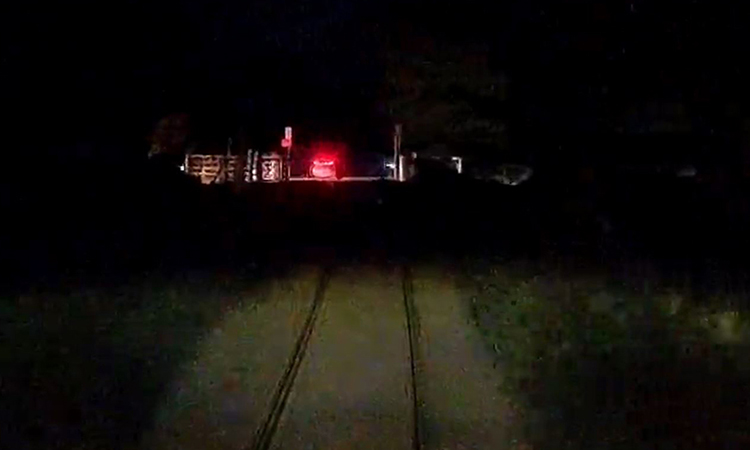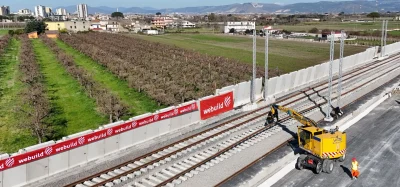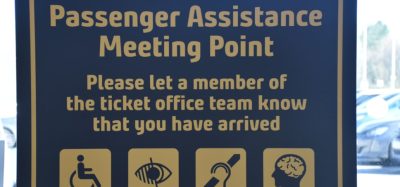RAIB release report into Norfolk level crossing near miss
Posted: 14 April 2022 | Elliot Robinson (Editorial Assistant - Global Railway Review) | No comments yet
After a near collision between a passenger train and two cars at Coltishall Lane user worked level crossing, the RAIB have released several recommendations.


Credit: RAIB - The Coltishall Lane user worked level crossing
The RAIB has released its report into the near miss at Coltishall Lane user worked level crossing where a passenger train narrowly avoided a collision with two cars on 21 January 2021. Road traffic over the crossing was higher than usual as a result of drivers seeking a diversionary route for their journeys, following an earlier road traffic accident on a nearby main road.
The safe use of the crossing relied solely on telephones to warn users in road vehicles of approaching trains, and the near miss occurred because the car drivers did not telephone the signaller before using the crossing. The RAIB investigation found that this may have been because the car drivers were unfamiliar with the crossing, because the signs at the crossing were ineffective in prompting users on how to cross safely, and because the level crossing gates had already been opened. It is also possible that factors such as the increased level of road traffic may have affected the behaviour of road users and their decision-making.
The investigation also found that Network Rail and its predecessors had not taken measures to close or upgrade this crossing, despite being aware of the risks it posed. This was possibly because Network Rail’s processes for assessing and controlling risk at the crossing did not take account of some of the factors present, leading to an incomplete understanding of the risks involved in its operation. Additionally, the status of user worked crossings on public roads was not acknowledged within relevant statutory provisions and industry guidance, and this may have affected how safety at these crossings was managed by infrastructure managers. The Office of Rail and Road had previously taken regulatory action, but this had not resulted in action by Network Rail to address the risk at this crossing by the time the near miss occurred.
RAIB’s report made three recommendations. The first was that Network Rail should assess, and if necessary, reduce the risks of incidents and accidents at vehicular user worked crossings which may see significant use by unfamiliar users, consistent with current industry best practice. The second was that Network Rail, in consultation with the Office of Rail and Road and the Department for Transport, should improve signage at user worked crossings which may share features identified in this investigation. The third was that the Department for Transport, in consultation with the Office of Rail and Road and Network Rail, should evaluate the extent to which recent guidance on the drafting and making of level crossing orders will better enable the implementation of improved safety measures at level crossings.
“This very near miss involved two road vehicles and took place at a user worked level crossing on a public road, level crossings are one of the biggest sources of risk on the UK’s railways,” Andrew Hall, Chief Inspector of Rail Accidents for RAIB, said. “RAIB has investigated many accidents and incidents over the last sixteen years and noted considerable improvement in the way risk at many types of level crossing is managed. However, we feel at present the greatest scope for safety improvement exists at user worked crossings, whether on private of public roads.
The significant number of such crossings on public roads is of concern because most motorists are unlikely to be familiar with the concept of a level crossing which they must operate themselves. Our recommendations seek to promote safety improvements at user worked crossings on public roads and to check that regulatory actions being taken to make such improvements easier to achieve have the desired effect.”
CCTV of the near miss at the Coltishall Lane user worked level crossing can be found below.
Related topics
High-Speed Rail, Level Crossings, Safety, Security & Crime Management
Related organisations
Department for Transport (DfT), Network Rail, Office of Rail and Road (ORR), Rail Accident Investigation Branch (RAIB)








